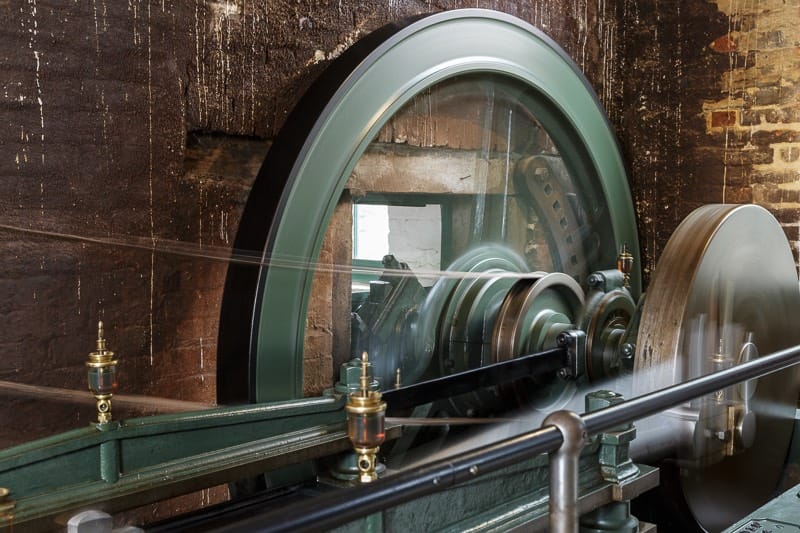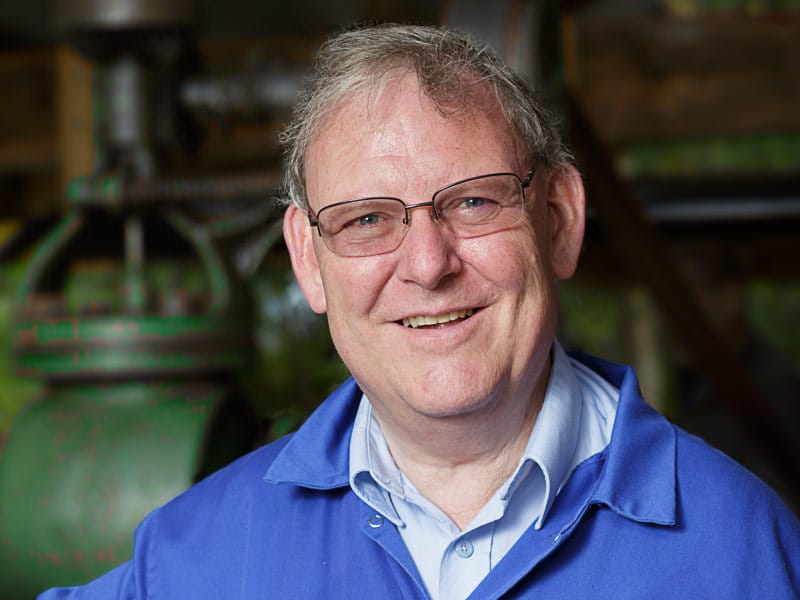We finish up our story of Bursledon Brickworks Museum volunteer Bob Palmer, with a quick…
RNLI – We are sailing [Part 2]
3.
RNLI – We are sailing [Part 2]
Into the wide blue yonder, and beyond.
In the second instalment of our story (click here for part one), we concentrate on Simon’s service in the RNLI and his latest passion – Zapcat powerboat racing.
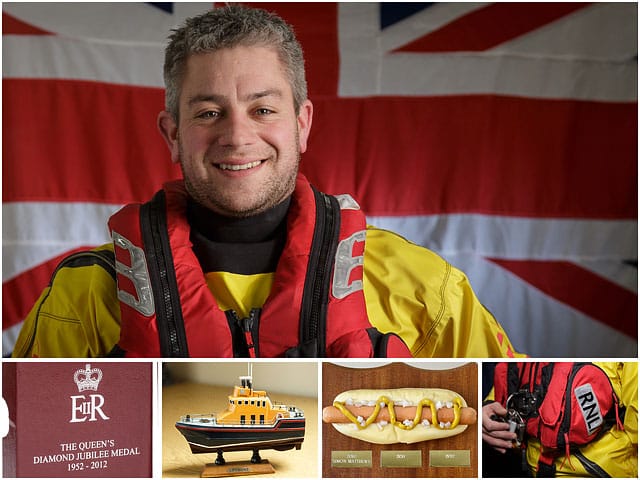
RNLI
RP. So what’s the connection to the RNLI?
A friend and I were touring Europe, sailing, living and sleeping in a van that we had borrowed from a chap called James Vince. He was working in Toulouse at the same time that we were racing in the South of France, so he was able to came across to watch us. We got chatting and he mentioned that when he’d been back in England, he’d been an RNLI volunteer and suggested that I might like to give it a go on my return.
RP. Have you always been with the Portsmouth crew?
Yep. Always with same team.

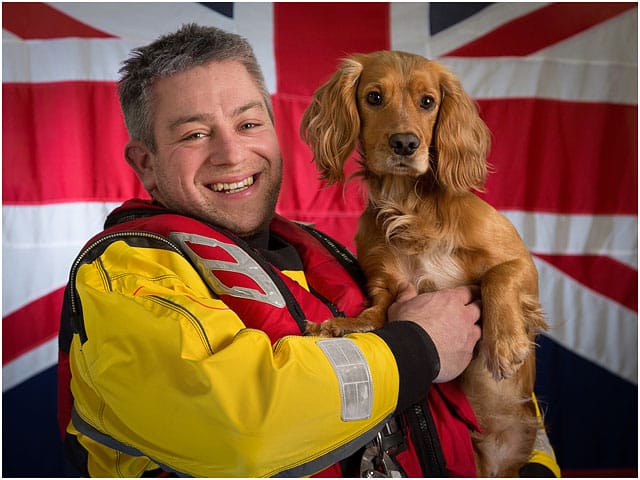
RP. What did you have to do join?
It’s a bit different now to how it was back then, just coming up for ten years ago (2003). Now, the number of volunteers available is far greater than it was, so the selection process can be a bit more rigorous. At that time I was fully signed off and part of the crew almost within a month. To be fair though, my background meant that being on water was probably more natural to me than being on dry land [laughs], so I wasn’t going to be a liability in that respect. I was also working at the local marina at the time as a sailmaker, so that meant that I got involved in nearly every shout, just because I was right on the doorstep. I got lots of experience in a very short space of time, that’s something no amount of training will get you.
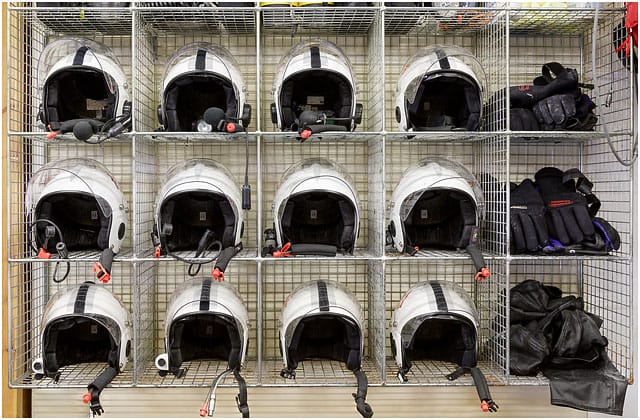
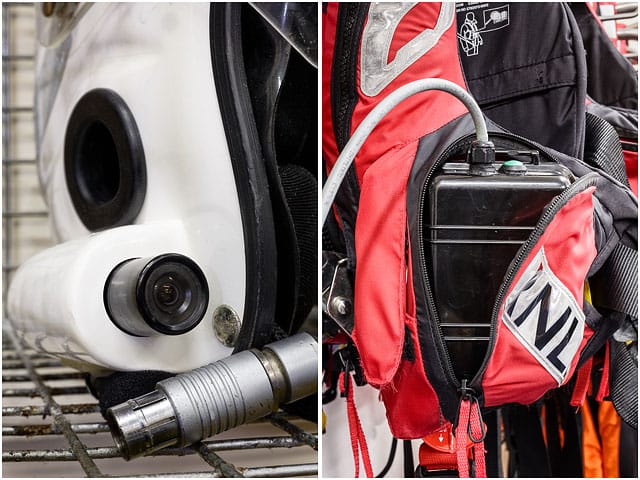
RP. You’re probably close to being the perfect candidate
Most of the stuff that I had to learn was all about the boats and the first aid etc. Working with a crew on a fast moving boat, no matter what the weather, was second nature to me. Every volunteer is a perfect candidate as long as they are willing to listen and learn.
RP. How is it decided who goes out on a shout
It was a little bit different when I started, in that we used to have a senior helmsman, which we no longer have. In those days it could be a bit like being picked for the football team at school. There would always be the favourites and he got to choose the team so to speak. These days the culture is more about making sure that everybody can get as much experience as possible. Everyone is encouraged to stretch themselves and that evens out the responsibility. There are certain crew members that are better at some things than others, but that’s true of everything.
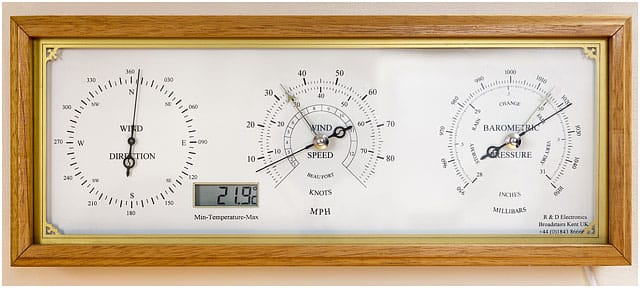
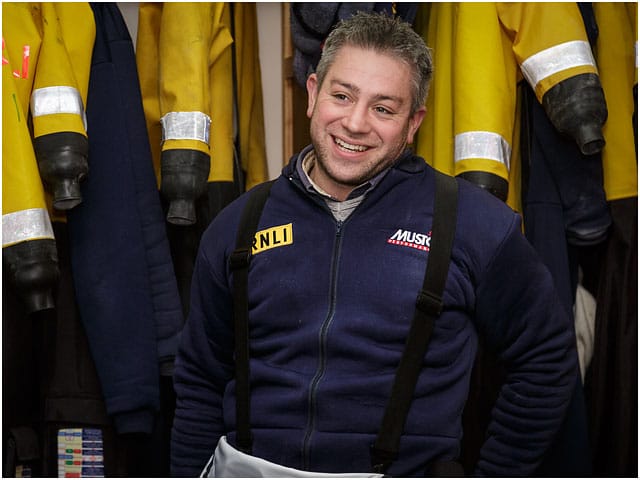
RP. Did you only have the one boat back then’
No, we still had two boats. There was the original ‘D’ class which has now been replaced by the ‘D class – IB1’ (Brian’s Pride) and a ‘B Class – Atlantic 75’ which was upgraded to the ‘B Class – Atlantic 85’ (Norma T).
The D Class Lifeboat was the first RNLI inflatable, introduced in 1963.
The D Class Lifeboat is equipped with a single 50hp outboard engine and is ideal for rescues close to the shore where larger lifeboats cannot operate. It can be righted manually by the crew after a capsize and unlike its predecessors, is not restricted to daylight operation. The boat has a crew of 2 or 3, is 16 feet long and has a speed of 25 knots. The D Class lifeboat is launched from a trolley and can stay at sea for around three hours.
The main change in the ‘D’ class design since I first joined, is the removal of the metal frame at the bow that used to have the radio hanging from it. Quite basic really. Nowadays of course, all the radio and navigation panels are built into the cockpit computer, just in front of the helmsman.
The Atlantic 85 lifeboats serve the shores of the Ireland and the UK and are known as inshore lifeboats (ILBs).
The Atlantic 85 is the third generation Rigid Inflatable Boat (RIB) in the B-Class series, developed from the Atlantic 21 and Atlantic 75 by the RNLI design team in Cowes, Isle of Wight. The Atlantic 85 can remain on service for three hours at full speed. In the event of a capsize the Atlantic can be righted by activating a gas buoyancy bag which will in turn right the lifeboat. The Atlantic can be launched by a number of methods which include Tractor and Drive On Drive Off carriage, slipway and davit launching.
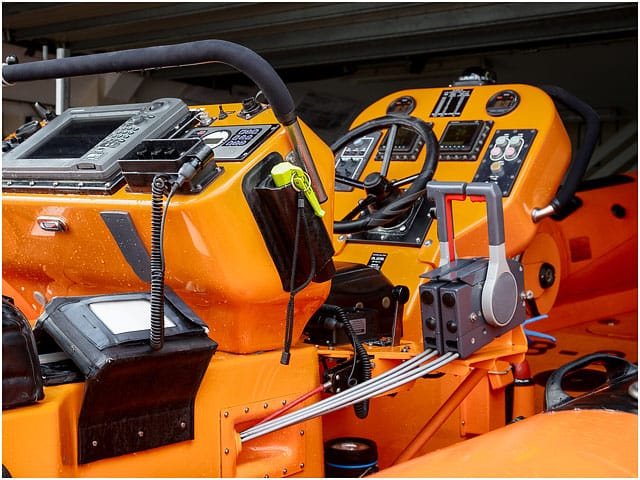
RP. It must be a real headache to maintain, considering the conditions everything has to work in?
Reliability is a real issue for some of the gear. I’ve turned it on in the past and it’s put our location as Iceland! At what point do stop paying attention to the information for fear of misinformation? We’re fortunate at Portsmouth that our area is fairly straightforward to navigate. We all know the landmarks and it’s rare that we have to rely on the GPRS for a location. Simply put, if you don’t know where you are, you’ve probably gone too far out of our area. Other stations, such as those up on the North West coast, leave the slipway and don’t have anything to give them a visual reference, other than one marker buoy. So there they have to rely on the equipment totally. I’ve been very lucky, in all my time here I’ve only been on one shout where the fog has been so thick that we’ve had to rely on the GPS.
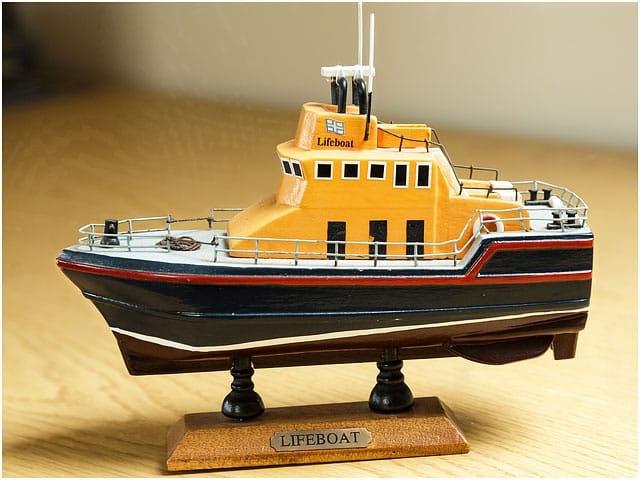
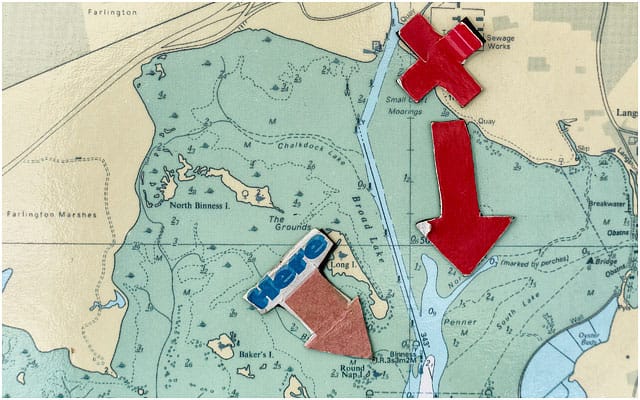
RP. Presumably, as the new technology is introduced you have to be brought up to speed on it?
Yes, we have people who come in to go through it with everybody. Then there will be a couple of individuals who will be specifically trained to a greater depth, who in turn pass on the knowledge to the rest of the crew over time.
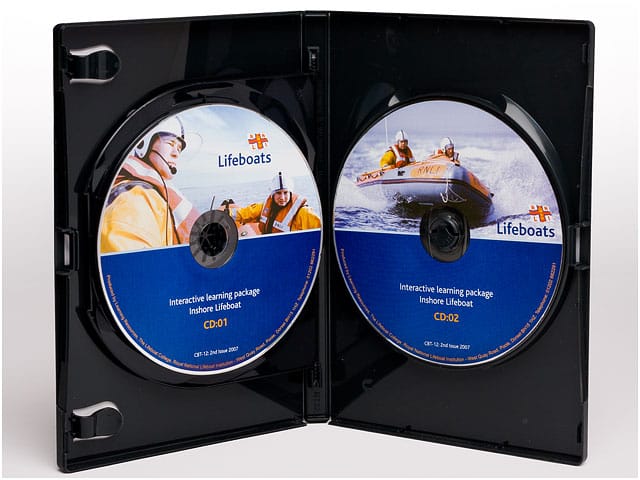
RP. Is there any ‘off site’ training?
We have the specialist training centre at the Poole HQ. The training used to be undertaken over in Cowes (IOW). At the time when I joined, the Poole college was still being built, so my session was delayed. I got to be one of the first to go to the new location. I’ve been down there twice now. The first time for the Crew course and the second for the Helm’s course. It’s a cracking place. You stay there for the week in the on site hotel. The training facilities are superb. A large indoor swimming pool, not for swimming in though, but to put the boats on. There’s a viewing facility from below to see what’s going on when they deliberately capsize them. The pool windows can be blacked out and a wind machine wound up full with simulated driving rain. Add into the mix flashing lights, the sound of thunder, and rotating helicopter blades and you can imagine how realistic it all feels. Which, of course, is exactly what you need. Great fun though [laughs]
RP. How many people are on the courses at one time?
I think it’s about fifteen, and you get a completion certificate to say that you’ve done all that’s expected of you by the RNLI. Assuming you pass of course [laughs]
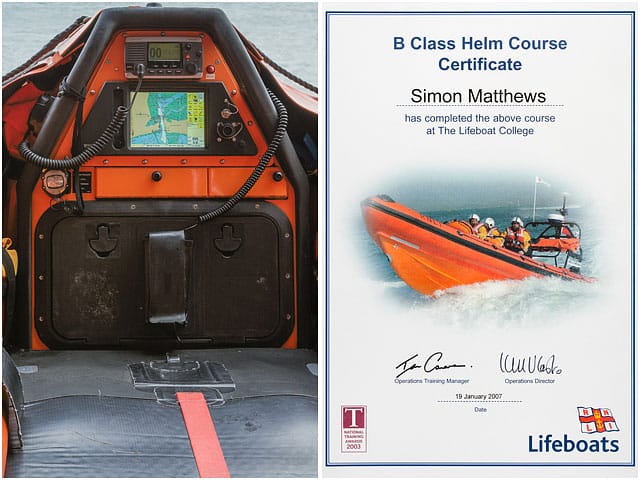
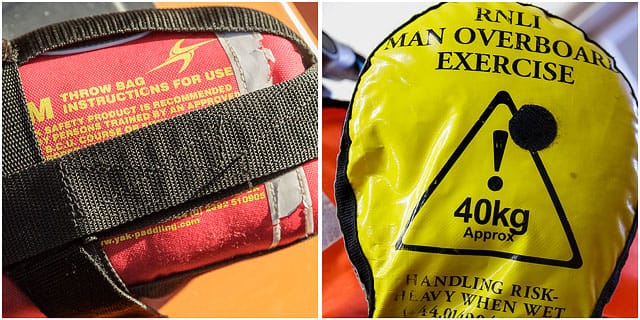
RP. You’ve progressed through the ranks from crew member to Helm?
I’m a fully qualified Helmsman, but only for the smaller of our two boats (The ‘D’ class). Unofficially, if there was nobody else around at the time, I’ll be allowed to drive the Atlantic because of my experience. I have the skill, but not the piece of paper that say’s I can. I just never went through the official training because of the amount of time that’s required to be set aside to complete it. I can’t commit to that, and the added responsibility, when I also trying to run my own business. I’ve been helmsman for about six years now.
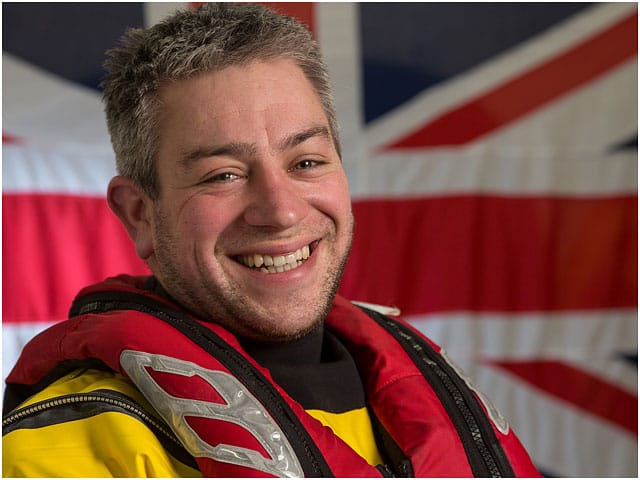
RP. It’s a big part of your life?
Yeah, Tasha [Simon’s partner] and I have talked about moving away from Portsmouth, she’s from the country, but I can’t really see that happening because of the RNLI. It’s not so much part of my life as a part of me, it’s like one of my limbs. They’re a good bunch and are really like an extended family for most of us I think.
RP. What would you say have been the highs and lows?
The worst experiences would probably have been in the first year of joining the lifeboats. There were about five body recoveries in that year [2003] for me. One that hit the headlines at the time was the loss of a father and son. They think that they’d gone to check out their boat on a mooring, and were swept overboard. The son was found washed up on the shore. There was a massive search and rescue for the father and I was in a boat with two other guys. The chopper overhead was saying ‘he’s right underneath you’, I reached down and made contact with the father’s body. I still see his face even now. That was the worst one for me.
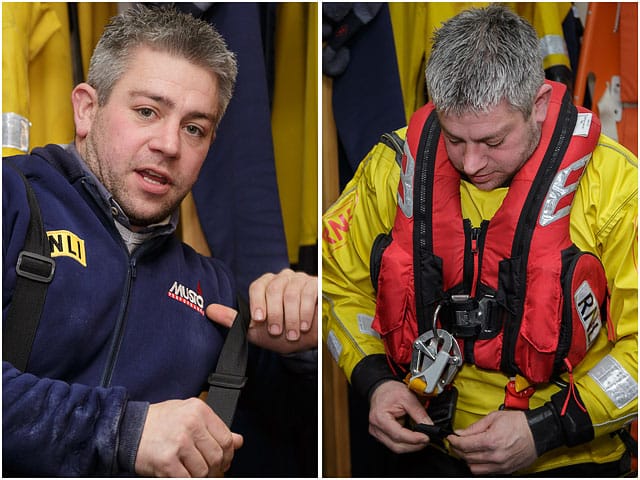
RP. Does the RNLI offer counselling for those sorts of incidents?
Oh sure. There’s a specific company that we have telephone numbers for. But to be honest, and I think that this is common for a lot of front line services that have to deal with loss of life, the best therapy is often a few drinks and spending time with those that have a shared experience. Especially when you know that those people are going to be alongside you next time. It’s important to know they understand. We all help each other through. But there’s also been loads of great times. The 2005 Fleet Review, that was a good one. We were out on the water all day and come the evening, when they had the massive firework display, we had front row seats. You couldn’t have got any closer than we did for that [laughs]. You often get to do things that not many other people have done. I’ve walked underneath Gunwharf (Portsmouth’s shopping complex built on the site of former Royal Navy shore establishments with high-end residential accommodation and marina).
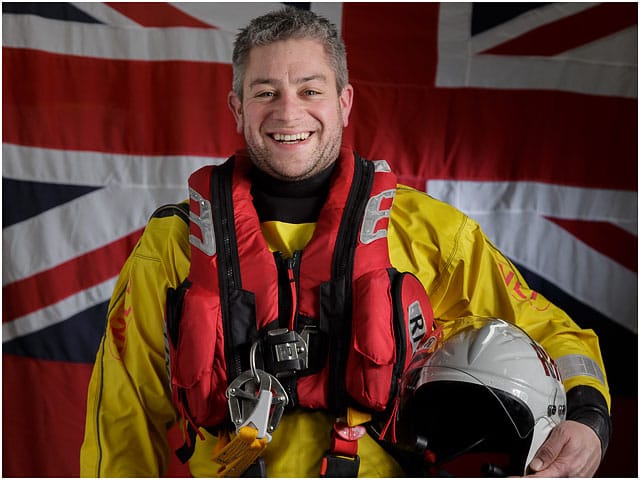
RP. Actually underneath, while it was being built?
No, as it stands now. We’ve had to go in there to look for people before. I went from one end to the other on a search. Most of the enjoyment has been with the rest of the crew when we’re not on a ‘shout’. When we get called out, it’s all serious stuff, often under stress. There are exceptions of course, but in general we’re there to deal with bad situations. People or crafts in trouble etc.
I ran the ‘Great South Run’ with the guys in full PPE (Personal Protective Equipment) kit in 2010. Steel toe cap wellies, dry suit, woolly bear underneath (layer of additional thermal insulation), life jacket, helmet, the whole shebang. Carrying a stretcher and flags. That was tough, to say the least. There’s a local fitness trainer called Robert Piggott, who raises a heck of a lot of money for us organising several, annual, local charity runs. The ‘Christmas Santa’ 5k and 10k family fun runs are his. Southsea sea front gets taken over by thousands of runners dressed as Father Christmas in early December.
Portsmouth’s Great South Run is an annually held BUPA charity run, covering 10 miles along Southsea sea front. Competitors from professional athletes, to fun run entrants, take part to raise money for charities and good causes.
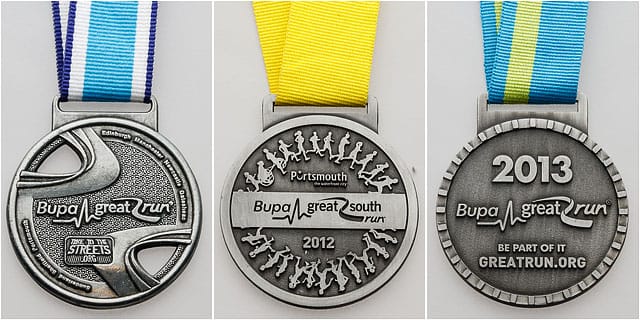
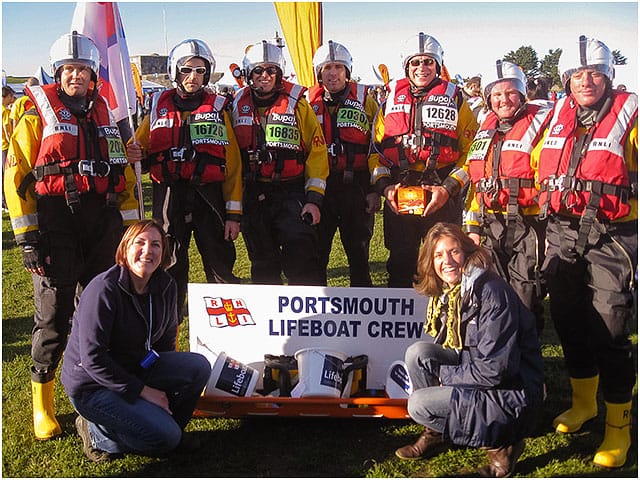
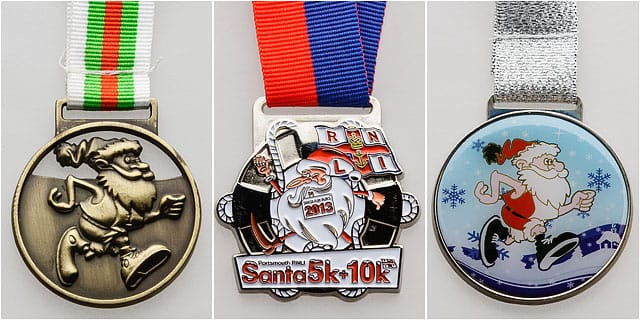
RP. Were you one of the crew that was presented with a service medal during the Queens Diamond Jubilee celebrations?
Yes. that’s quite an amusing story. On our open day each year, we have a hot dog eating competition. I’ve been the winner for three years on the trot, although this year I couldn’t be there and Pete Sidell took the trophy. Anyway, last year 2012, the Lord Mayor presented me with the trophy as part of our station’s open day celebrations. It wasn’t long after, that we all went along to the Guildhall for the service medal presentation. All very serious, everyone on there best behavior, all suited and booted. It gets to be my turn, and Jacqui Hutchins (Portsmouth’s Station Administrator & Deputy Launching Authority) reads out my name and Mayor greets me then, in one of those light bulb moments, says ‘ahh you’re the sausage man’ [laughs]. Of course the whole place erupted with laughter and that broke the ice. It was a lot better after that because everyone relaxed.
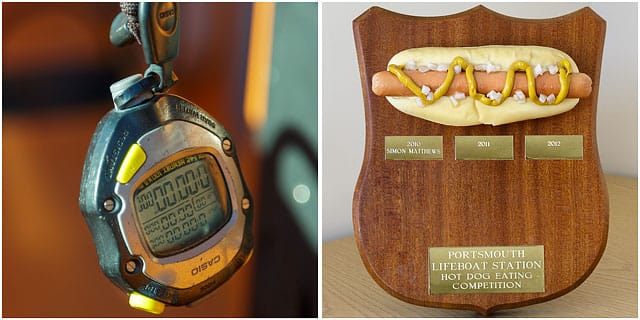
You don’t expect to get a medal for volunteering to do something that you love.
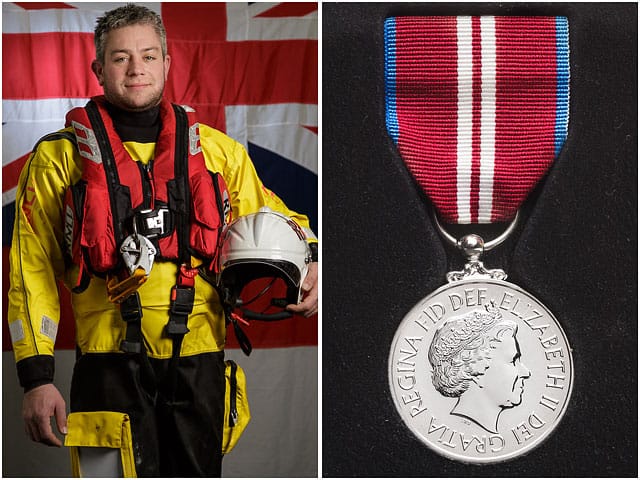
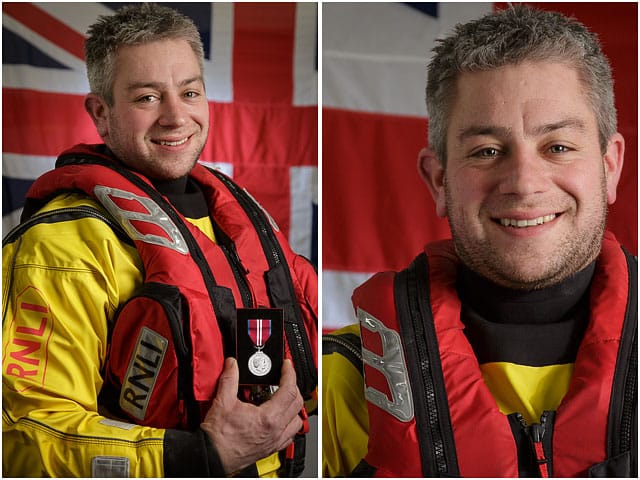
Frank Jonas – [Portsmouth Lord Mayor 2012]
The service that these guys provide is an incredibly important part of the fabric of our community, and they are all volunteers. They are just normal guys – they could be your next-door neighbours – and they go out at all times of the day and night, putting their life at risk without question to help other people in need. They’re incredible.
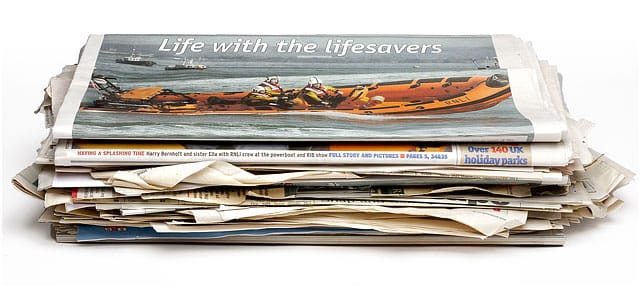
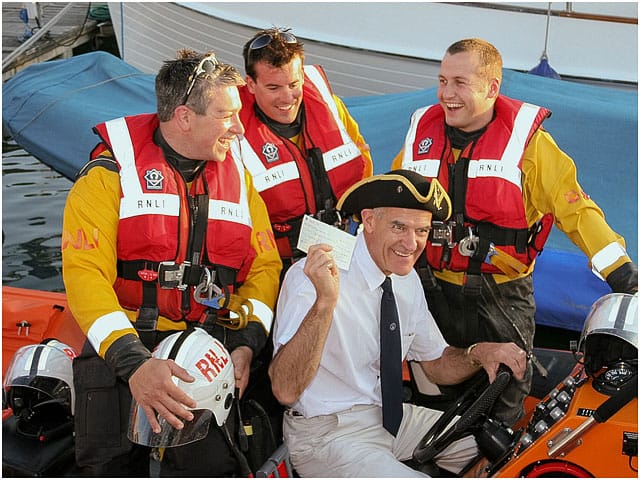
Zapcats
RP. We touched on the fact that you’re competitive by nature, especially with sailing. Are there any other areas where that comes out?
I run what’s called a ‘safety team’ for a powerboat racing circuit called ‘Zapcats’, which Tasha is also part of. We go around the UK providing safety cover for all their events.
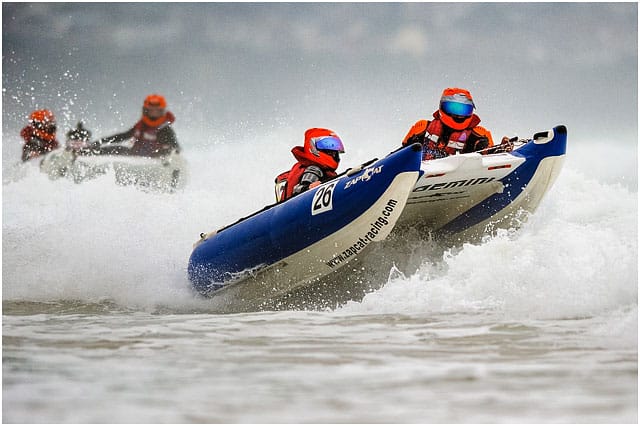
8-10 Zapcat boats compete in 5 heats each to determine qualification for the Round divisional finals. 35 plus teams are expected to compete, with up to 16 heats and two finals each day. Zapcat Racing is the largest powerboat championship in the world!
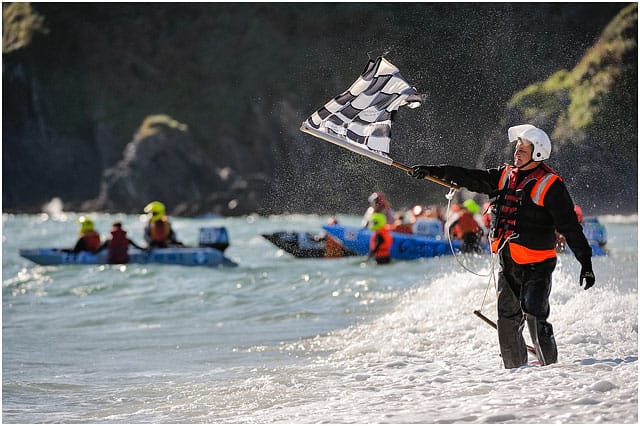
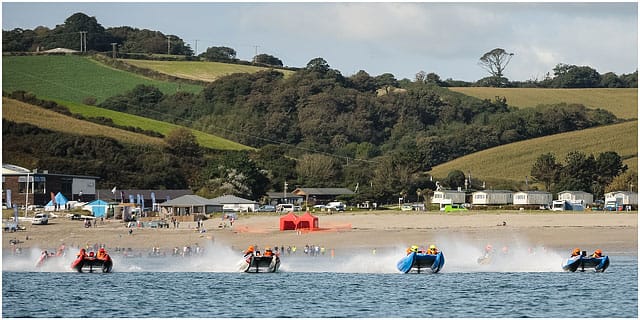
RP. What does a safety team actually have to do?
We’re on the water before and during the racing to keep a watchful eye on everyone. Let’s just say it’s an ‘eventful’ sport. We have people on Jet Skies who can get to someone very quickly if they’ve been thrown out of a boat, or if a boat is in trouble or has a collision or whatever. We run with a team of about six of us which comprises of two ILB’s (Inshore Life Boats) each with two persons onboard, a driver and a swimmer. A jet ski with a sledge on the back, two people on that as well. It’s normally a two day event over a weekend and we aim to make sure that everyone is racing safely, or as safe as is possible under the circumstances [laughs]. They’re racing in surf at a lot of the locations, so we get a lot of boats flipping over, or hitting markers and colliding etc. We’re on hand to pull people out of the water and make sure that they are safe.
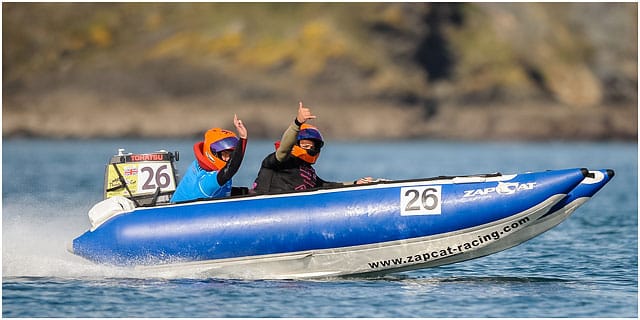
RP. Does that involve some sort of safety training?
Yeah, we all have to be first aid qualified, which of course I have from the RNLI. That’s really how I got involved in the first place. That experience is pretty much the reason why I was asked to run the safety team to start with.
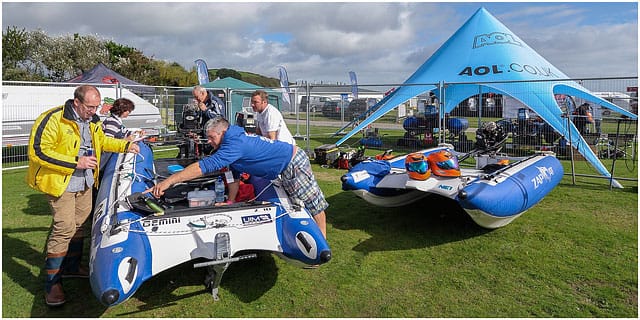
RP. What sort of boats are they?
The class is called P750, which is an RYA (Royal Yachting Association) recognised powerboat series. You have ‘Zapcats’ and ‘Thundercats’. Thundercats have lots of different brands of boats racing. You can slightly modify engines, alter your prop (propeller) to gain some speed, and they don’t run with a prop guard.
Prop guards are intended to serve 2 purposes:
1) To protect the propeller and gear box from damage in the event of a prop striking a rock or other hard object.
2) To protect a person in the event they come into contact with a moving propeller.
1) To protect the propeller and gear box from damage in the event of a prop striking a rock or other hard object.
2) To protect a person in the event they come into contact with a moving propeller.
By way of contrast, Zapcat’s racers are not allowed to modify the boats prop, can only make minimal changes to the engine and they must have a prop guard. It’s aimed more at family, affordable, racing. With the Thundercats, you could easily spend ¬£1000 race tuning a propeller for one event. Whereas with Zapcats, if you’ve spend ¬£100 in the year, you’ve probably spent too much. Within the rules, that’s all you’re allowed to do. This makes for closer, more competitive racing.
RP. Ever been tempted to race?
Well, it’s funny you should ask that. It’s a friend of mine that owns the business. One drunken night, not that long ago, he said ‘why don’t you come and race the world championships with me? Now, I used to own one of these boats years ago and did a little bit of racing, which he knows, so it wasn’t that far fetched an offer. Anyway, in the comfort of the pub and a few lemonade’s too many, I said yes, why not [laughs]. And in fact we did exactly just that in October last year [2013].
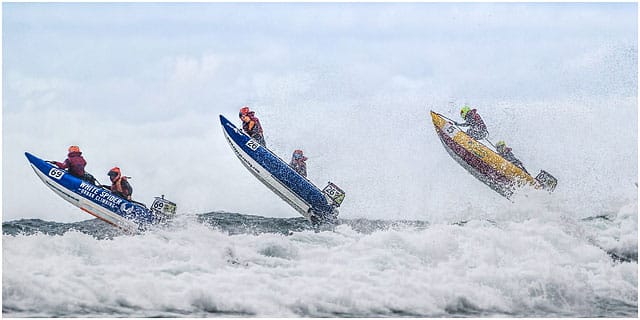
The long haul is the most challenging discipline of the P750 championships run over a minimum of 60miles a course is set where the teams have the challenge of navigating their course whilst battling the testing sea conditions with a pitstop half way through to re-fuel and the copilot will run from the boat around a marker on the beach and back into the boat before venturing back to see and completing the race.
RP. How did it go?
Before the event he was saying, we’re not gonna do great, but it will be a bit of a laugh. In my mind of course it was completely different. I just wanted to go for it big time [laughs]. The first event, the long haul race, we were expected to come last but up until the point when the engine broke down we were in third place. When we finally got it fixed we finished sixth out of a field of nine. So that perked us up a bit. We had a couple more events and we ended up fourth in the world!
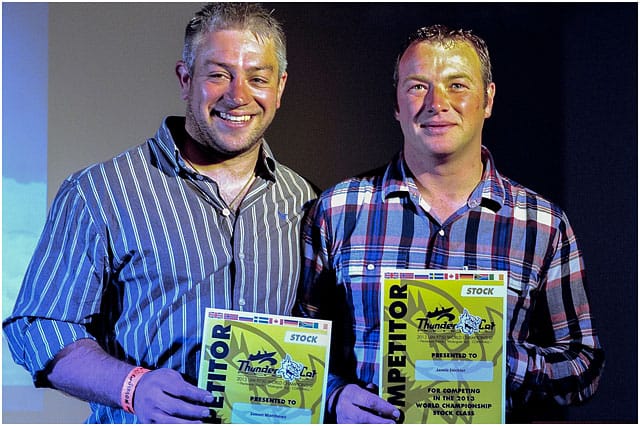
RP. Good grief, from non starters to fourth. That’s amazing.
Yeah, I think it was because we were obviously the underdogs but, more importantly we were ultra competitive, as is my nature [laughs]
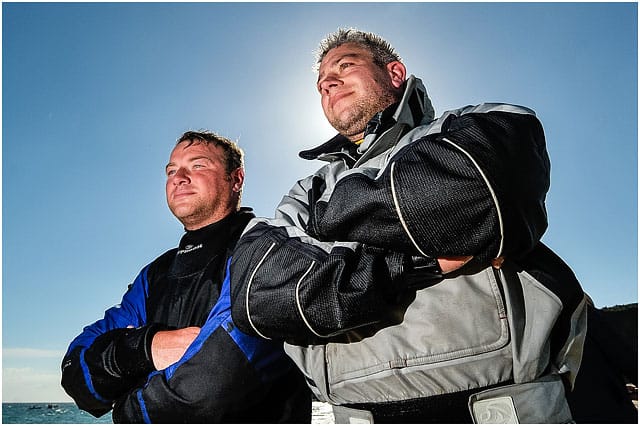
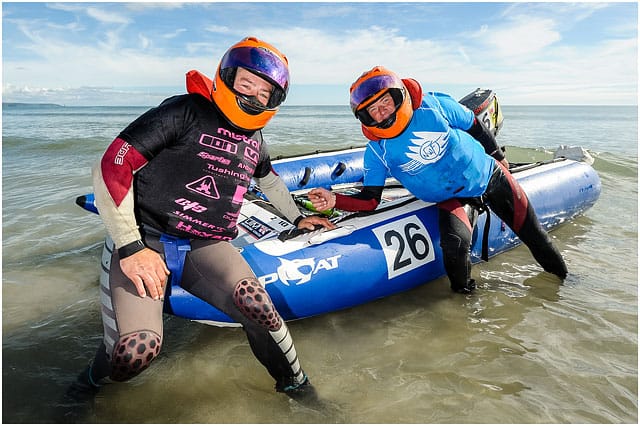
RP. I guess that you’ll be wanting to do more after that success?
[laughs] After we finished, we pretty much decided there and then to carry on. In fact we were offered some money to do a ‘Trans Agulhas Challenge’ out in South Africa, which at 900k in five days, is the worlds toughest inflatable boat endurance race.
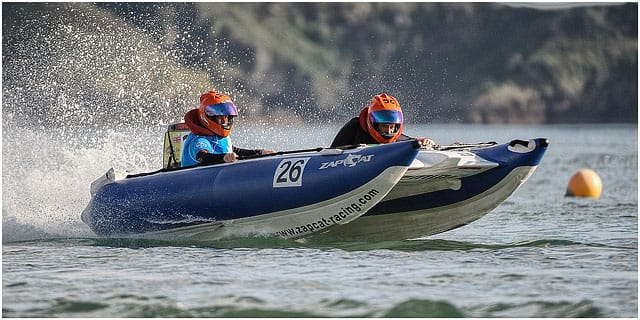
RP. Are you going to do it?
I couldn’t do last year, it started on December 28th which was too soon to prepare, but fingers crossed I will be able to this year. By the time you factor in flights, getting boats and equipment out there etc. for one race team it racks up at about ¬£50k. So we need quite a bit of lead time to get sponsorship and sort out the logistics. We won’t be coming home empty handed though (laughs). The P750’s are in also in Gibraltar next year and the sports photographer for these events ‘Gary Bray’, is helping to sponsor a new engine for the event, so we’re now looking for more sponsors to go and do that as well. I’ll still carry on doing the safety team, but compete in the European events. At least that’s the plan at the moment.
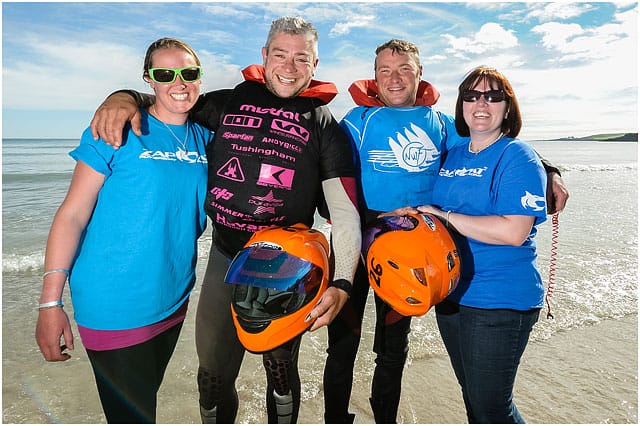
RP. How is the Trans Agulhas Challenge broken up?
I think they do a 180km straight leg per day. So you work you way down the coast, then when you get to each event you do a race circuit through the surf. At the end of that you get some food and sleep, then repeat it all again the following day over five days.
RP. Where are Zapcats based.
Zapcats are here in Portsmouth and they contribute a lot of the profits to the charity ‘help our wounded’.
So there we have it. A life on the ocean waves from boyhood through to the present day. If you’re out at sea and you hear the roar of a powerboat engine and somebody laughing like a loon, it could well be Simon hot on your tail, bound for glory!
Once again I have a debt of gratitude to all the crew at the Portsmouth RNLI lifeboat station for granting me access and time with both Simon and Neil (see earlier story). With a special thanks to Jacqui Hutchins for the introduction and Aaron Gent for his patience. The very best of luck for the future guys, you all do a great job, often under very demanding circumstances. Also, another big thank you to Gary Bray of UNICOM, for granting me permission to use his brilliant Zapcat photographs.
Cheers.
Web Links and References of interest
RNLI: Portsmouth Lifeboat Station Web:
http://www.portsmouthlifeboat.co.uk/
SAILSTYLE:
Facebook: https://www.facebook.com/sailstyle1
Business Website: http://www.sailstyle.co.uk/
Fitness trainer Robert Piggott
Facebook: https://www.facebook.com/robert.piggott
Business Website: http://www.fitprorob.biz
ZAPCATS:
For Zapcat water safety cover email: [email protected]
FaceBook: http://www.facebook.com/zapcatracing
YouTube Video: Zapcats racing [Bad day at the office]: http://youtu.be/6PpUDTZfWY0
Sports Photography by Gary Bray/UNICOM:
Facebook: http://www.facebook.com/unicomphoto (Gary Bray)
Charity supported by Zapcats Racing
Help our wounded: http://www.helpourwounded.co.uk/


